Teaching students to identify trees is a great introduction to the natural world — trees are big, imposing, and easy to find. Trees can also be surprisingly difficult to identify, especially if you have a lot of coniferous (evergreen) trees in your area. An introduction to tree identification is a good exercise for slightly older or more advanced students who have already tried their hand at the art of flower identification.
Using an app to help students learn to identify trees might sound like a stretch, but it is actually a great way to use your resources intelligently while managing a classroom.
As a quick recap, PlantSnap is an app that uses an algorithm to identify flowers, trees, and cacti from photos right on your phone. The app relies on well-framed and well-lit photos. Once a tree has been identified, the app gives you some background information on the tree’s taxonomy, range, and more.
Whether you are running a biology class, teaching summer school, helping at a summer camp, homeschooling your child, or just trying to keep a kid’s mind and body busy over the summer, PlantSnap is a great way to get kids out and into nature. PlantSnap is able to help identify trees, flowers, and cacti, making it a great addition to any biology classroom. Best of all, it is now available for free!
Learning to identify trees can be challenging for students. Tree bark doesn’t have the same vibrant coloring of a flower, and the needles of pine trees can be infuriatingly similar to a novice eye.
There are several ways that you can use PlantSnap as an educational tool to help with tree identification.
Four Ways to Use PlantSnap Tree Identification as an Educational Tool
Unlike flowers, trees are generally around year-round. This alone makes them a great next step for budding biologists, as you can continue learning about tree identification well into the fall and winter.
Here are some sample exercises you can try with your students to learn to identify trees using PlantSnap:
1. Partner identification:
Have one student identify a tree using a field guide or their own knowledge, and explain why they think they know what it is. Have their partner double-check their work. The students can work together to identify important characteristics and figure out exactly what the tree is.
- Difficulty: medium
- Educator involvement: medium
- Extra bonus: works on team-building and communication
2. Walk around the block:
Ask the students to walk around the block once and write down each tree they see. The students should take notes on the bark texture and color, size and shape of leaves, general shape and height of the tree, and any other notable characteristics. From that information, they can work to catalogue the trees as much as they can. If they can only say that a tree is a conifer (has needles), that’s fine! They are learning valuable field observation skills. From there, they can go back and identify the trees using PlantSnap. They can cross-reference their notes with what they see on the app and learn more about the trees.
-
-
- Difficulty: hard
- Educator involvement: could be homework
- Extra bonus: build field note-taking skills
-
3. Scavenger Hunt:
Send the students on a scavenger hunt to identify trees in a given area. Your list may vary, but students could be in charge of finding: a conifer, a deciduous tree, a tree bigger around than they are, a tree with no branches that they can reach, a tree with cones, a tree with peel-able bark, a tree with white bark, a tree with serrated leaves, a tree with lobed leaves, and much more. Create your own easy checklist! Students can use PlantSnap to document the plants that they find to confirm that they completed the Scavenger hunt.
-
-
- Difficulty: easy
- Educator involvement: medium
- Extra bonus: personalized to your area
-
4. The Essay:
Ask students to use PlantSnap to identify a tree in their neighborhood. Then have them write a short essay about how that tree is part of the ecosystem. They can pay attention to birds in the area, shade the tree provides, and more.
-
- Difficulty: medium to hard
- Educator involvement: heavy grading
- Extra bonus: Encourages students to think about how trees interact with the entire ecosystem
“Gameifying” education is all the rage these days. With PlantSnap, it’s easy to seamlessly integrate technology and the classroom. The best part is, PlantSnap requires students to get outside and actually find the plants. It only works with photos taken on their phones, so it guarantees that students get a bit of introductory “field work” this summer!
How have you used PlantSnap or other apps to augment biology class? Are you a student who’s used PlantSnap in class? We want to hear about your ideas and experience! Comment below with your thoughts.
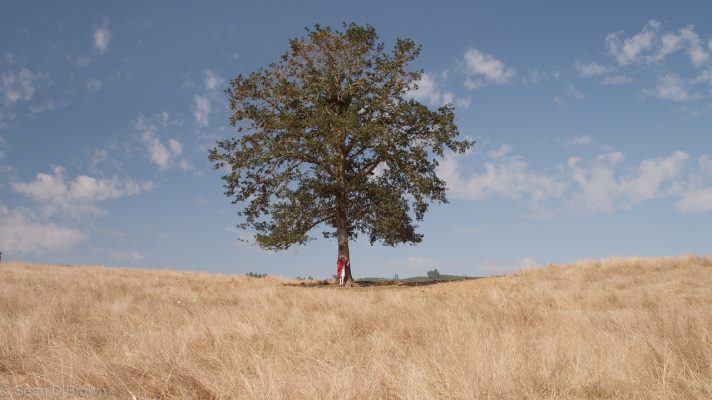












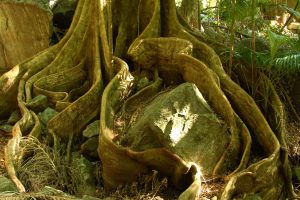

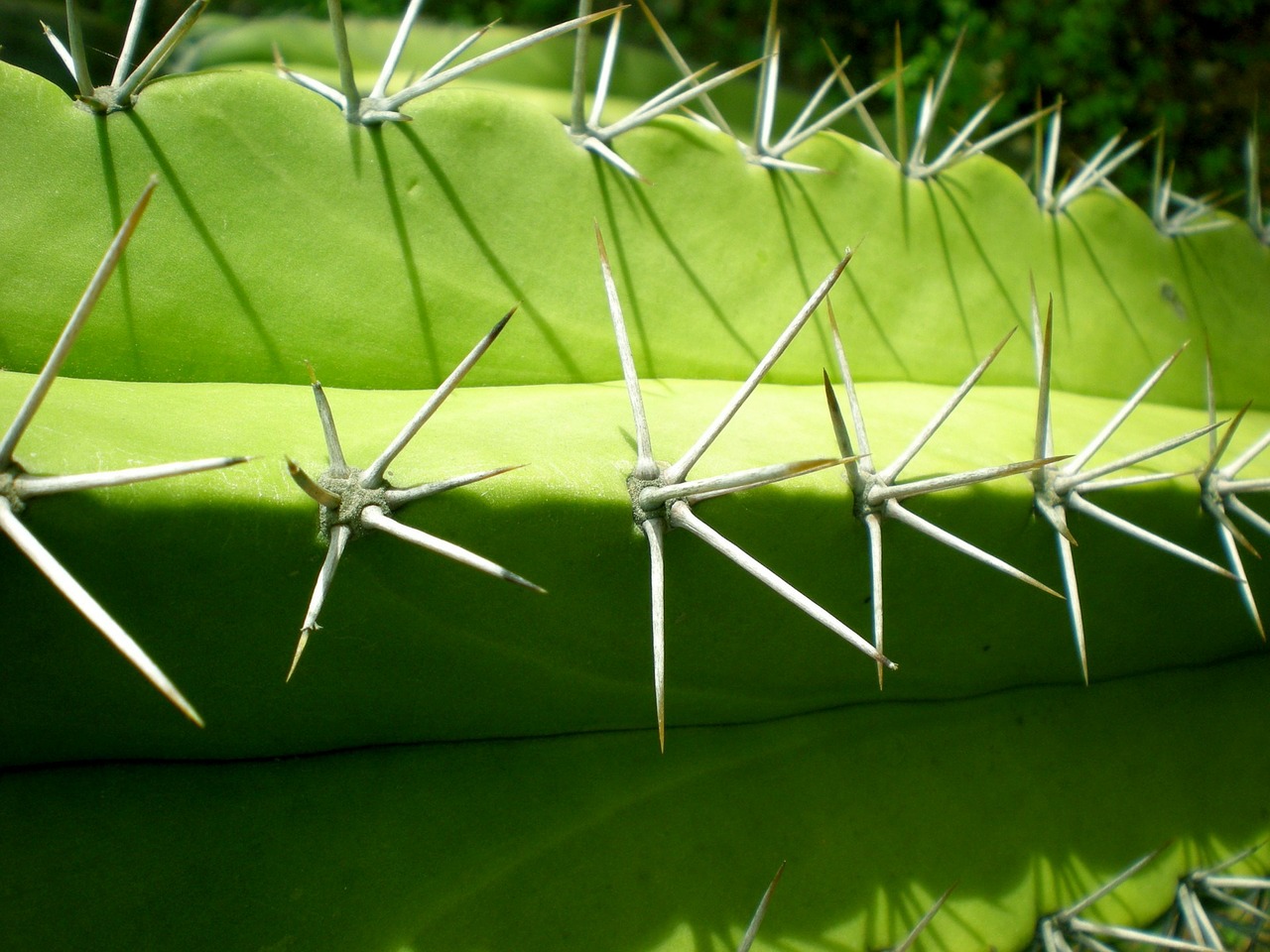
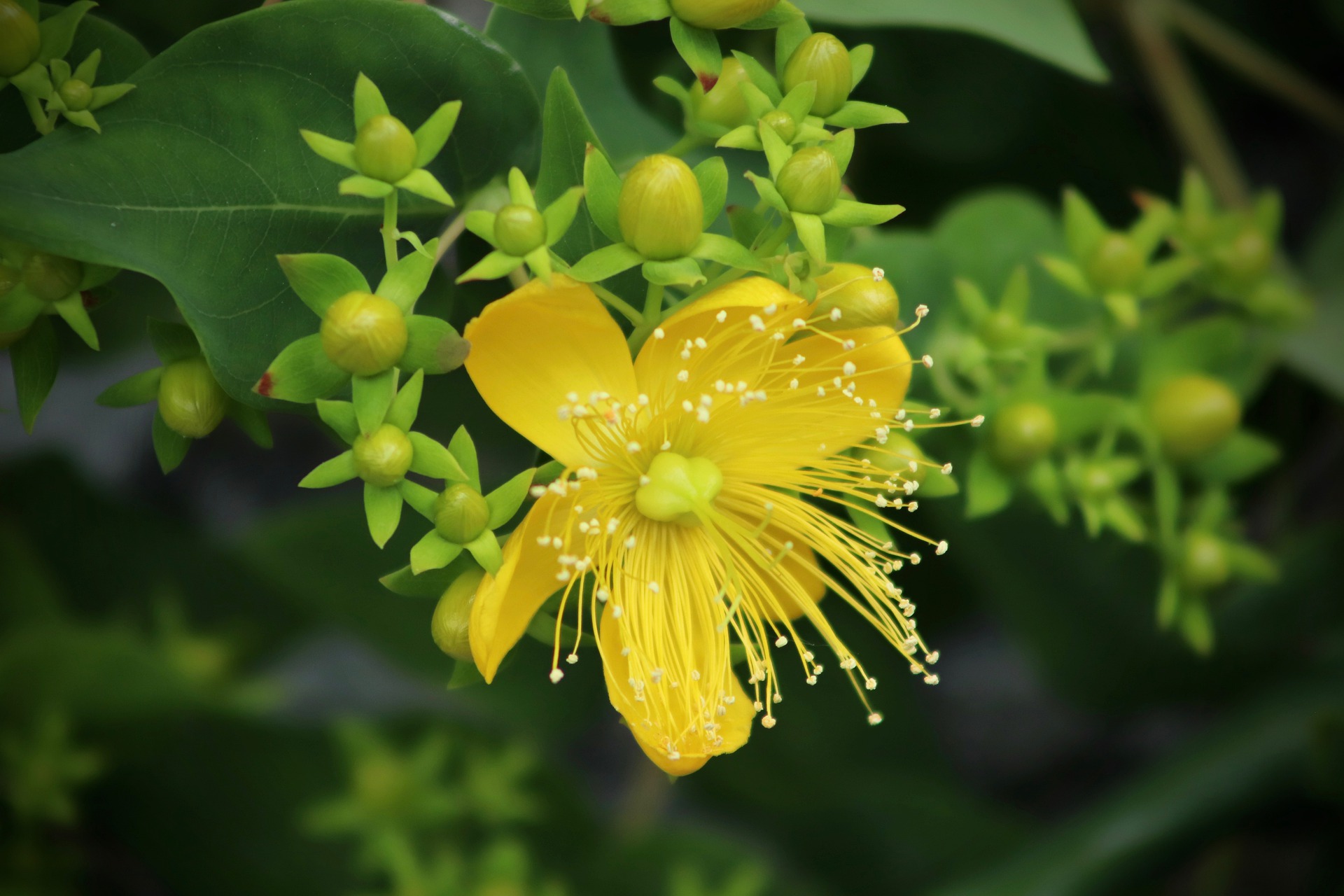
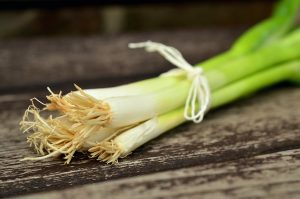
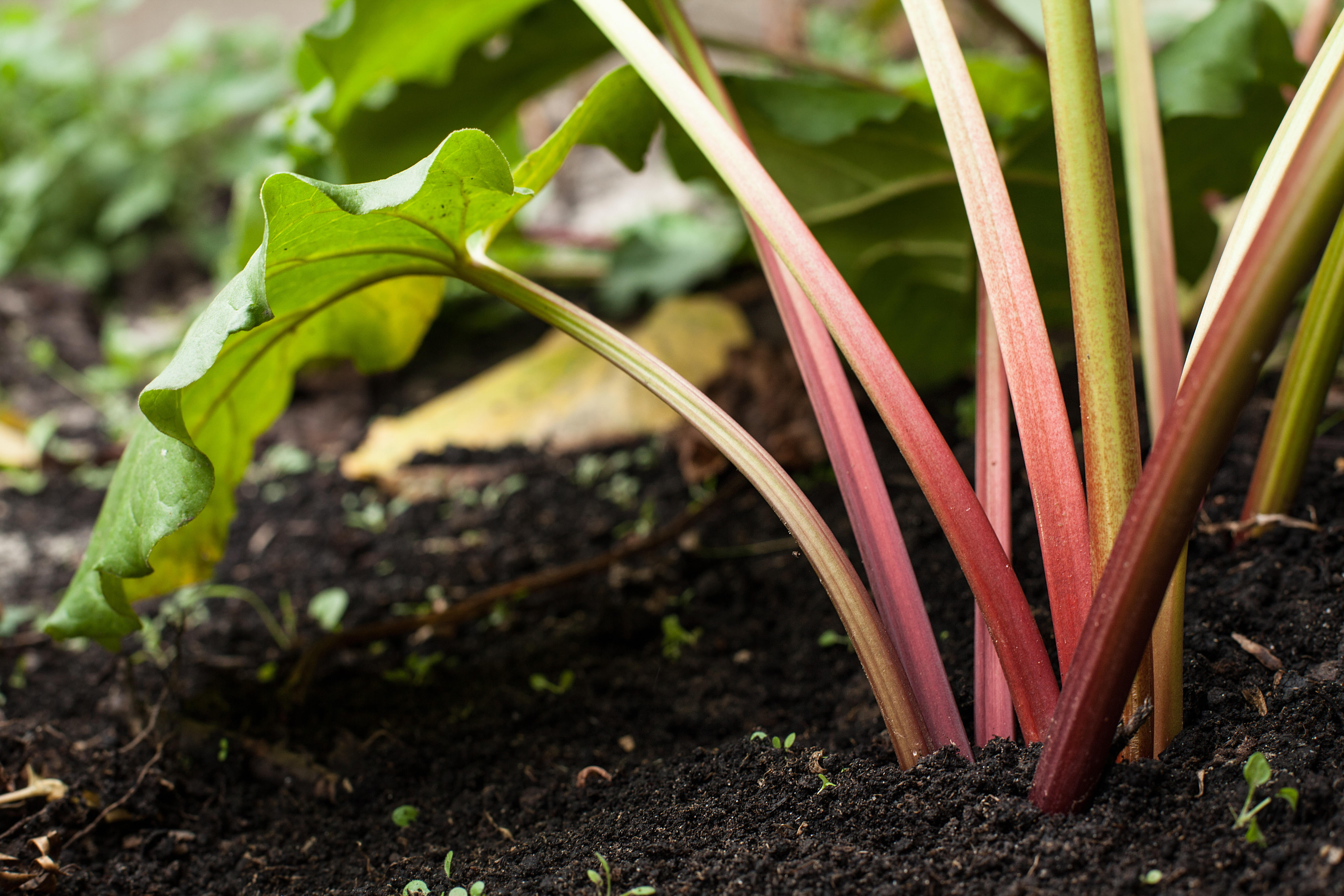



0 Comments